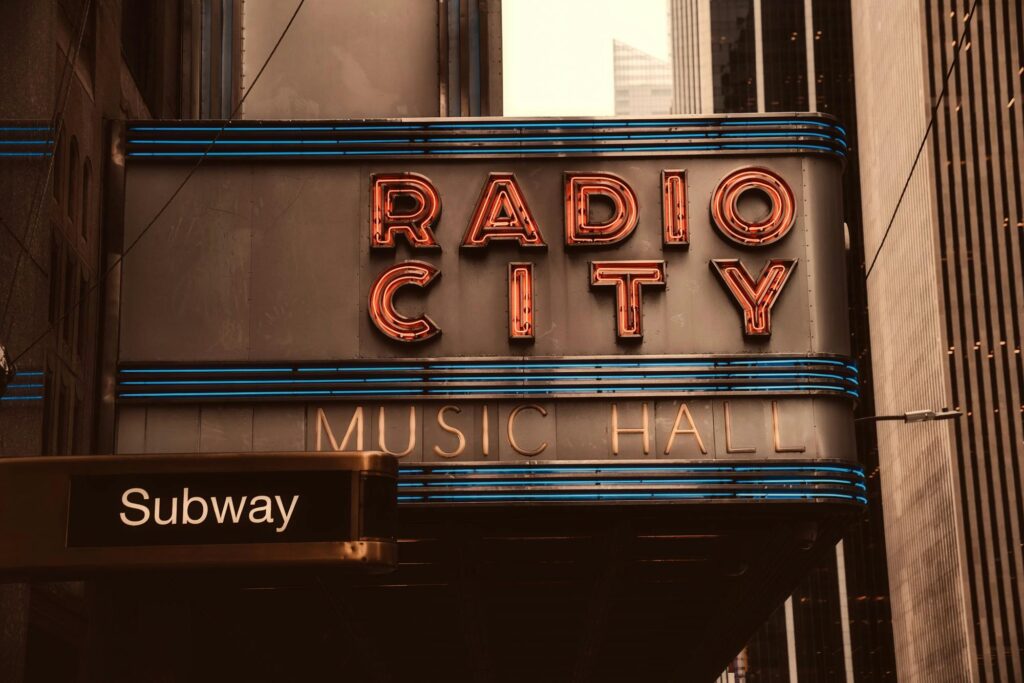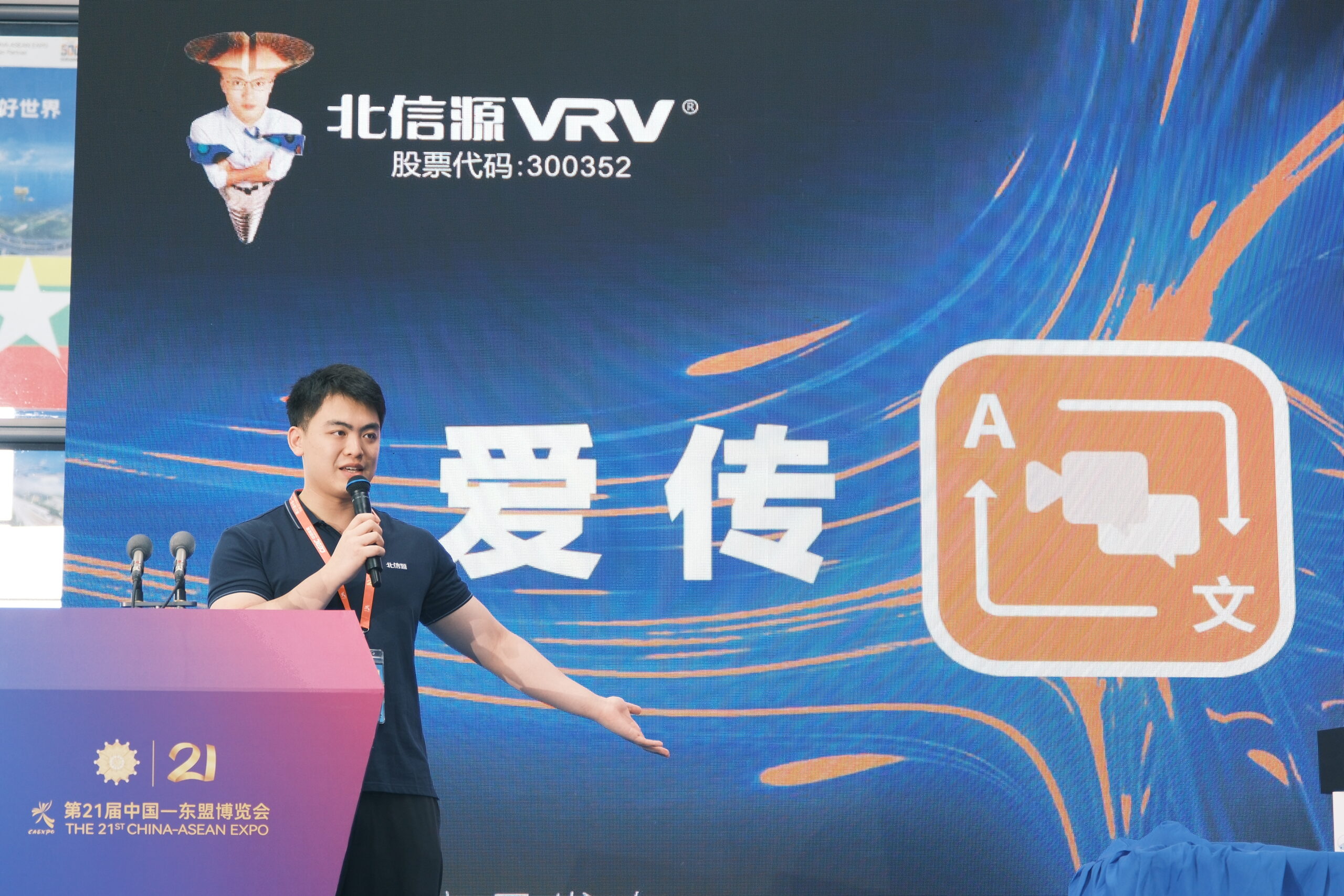New York’s longest-running play is embracing the future without letting go of its storied past. By integrating AI-powered live translations, the production is not only preserving its rich theatrical heritage but also transforming the way audiences experience live performance. This innovative approach is set to break down language barriers, attract a more diverse audience, and redefine accessibility in the performing arts.

A Legacy Meets Innovation
For decades, this iconic play has been a cornerstone of New York theatre—a beacon of cultural storytelling and artistic excellence. Its longevity is a testament to its ability to connect with audiences across generations. Now, by introducing real-time AI translations, the production is marrying tradition with technology. This fusion ensures that the timeless narrative resonates with both long-time enthusiasts and new, global viewers.
How AI-Powered Live Translations Work
The breakthrough technology behind the live translations harnesses advanced speech recognition and neural machine translation systems. Here’s how it works:
- Real-Time Dialogue Capture: State-of-the-art microphones and sensors capture the actors’ dialogue as it unfolds on stage.
- Instantaneous Processing: Sophisticated AI algorithms process the spoken words, converting them into text almost instantly.
- Multilingual Output: The text is then translated into multiple languages using neural networks trained on diverse linguistic datasets, ensuring that cultural nuances and idiomatic expressions are preserved.
- Audience Integration: Translations are delivered via digital displays or personal devices, allowing every viewer—regardless of language—to follow the play seamlessly.
This robust system is continually refined through human oversight and real-world feedback, ensuring that even the subtlest aspects of the performance are accurately conveyed.
Broadening Accessibility and Engagement
By offering AI-driven translations, the play becomes more than just a local favorite—it transforms into an international experience. This initiative opens doors for:
- Non-Native Speakers: International audiences can now enjoy the performance without the language barrier that once limited their experience.
- Tourists and Newcomers: Visitors to New York can immerse themselves in a classic performance with real-time translations in their preferred language.
- Hearing-Impaired Viewers: The subtitling feature also aids those with hearing difficulties, making the play more inclusive.
The move not only enhances the viewing experience but also reinvigorates the theatre scene by inviting a broader, more diverse audience to engage with live performance art.

The Impact on the Theatre Industry
The integration of AI in live theatre marks a significant shift in how traditional performances can adapt to modern expectations. This pioneering initiative sets several important trends:
- Enhanced Audience Experience: By providing real-time translations, theatres can offer a more personalized and immersive experience, fostering a deeper connection with the performance.
- Technological Integration: As AI becomes a staple in enhancing live events, other productions may follow suit—paving the way for a more interconnected, technologically adept theatre ecosystem.
- Economic Opportunities: The attraction of a global audience can lead to increased ticket sales and revenue, supporting local economies and reinvesting in the arts.
Overcoming Challenges and Ensuring Quality
While the benefits are significant, integrating AI into live theatre is not without challenges:
- Translation Accuracy: The subtleties of theatrical language—such as puns, cultural references, and emotional inflections—can be challenging for AI. Continuous training and human supervision help maintain a high quality of translation.
- Technical Glitches: As with any live technology, there is a potential for technical hiccups. However, robust backup systems and real-time monitoring ensure that any issues are swiftly addressed.
- Balancing Tradition with Innovation: Care is taken to ensure that the introduction of AI does not overshadow the live, organic essence of the performance. Instead, it acts as an enhancer, complementing the traditional elements of theatre.
The Future of AI in Live Theatre
The successful implementation of AI-powered translations in this long-running play is just the beginning. Looking ahead:
- Expanding Language Options: Future upgrades could include an even wider array of languages, further democratizing access to live theatre.
- Interactive Features: There is potential for integrating interactive elements, where audiences can provide real-time feedback or choose alternate translation styles.
- Industry-Wide Adoption: As other theatres observe the benefits, similar technologies could become standard, ushering in a new era of accessible, tech-enhanced live performances.
This pioneering approach not only enriches the current audience’s experience but also paves the way for a broader, more inclusive future in the performing arts.

Frequently Asked Questions (FAQs)
Q1: What does AI-powered live translation involve in this production?
A: It involves advanced speech recognition and neural translation technologies that capture dialogue in real time and convert it into multiple languages, delivered via digital displays or personal devices.
Q2: How does the system handle theatrical nuances and idioms?
A: The AI is continuously refined with human oversight to ensure that cultural nuances, idiomatic expressions, and emotional tones are accurately translated, maintaining the integrity of the performance.
Q3: Which languages are currently supported?
A: While specifics may evolve over time, major languages such as Spanish, Mandarin, French, and others are typically available, with plans to expand based on audience demand.
Q4: How has the audience responded to this innovation?
A: Early feedback suggests that audiences, particularly international visitors and non-native speakers, appreciate the enhanced accessibility and immersive experience provided by the live translations.
Q5: Will this technology change the traditional theatre experience?
A: The core live performance remains intact. AI-powered translations serve as an enhancement, ensuring that the timeless essence of the play is preserved while making it more accessible and engaging for a diverse audience.
Q6: Can other theatres adopt similar technology?
A: Yes, the success of this initiative is setting a trend. Other theatres are likely to adopt similar technologies to broaden their audience reach and enhance the live performance experience.
By seamlessly integrating cutting-edge AI with traditional theatrical artistry, New York’s longest-running play is not only preserving its legacy but also setting a transformative precedent for the future of live theatre. This innovative blend of past and present is redefining accessibility, engagement, and the overall art of storytelling in the digital age.
Sources Semafor


